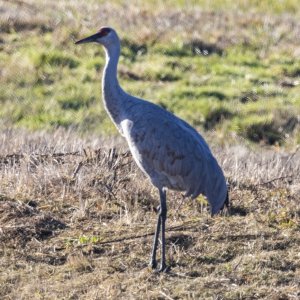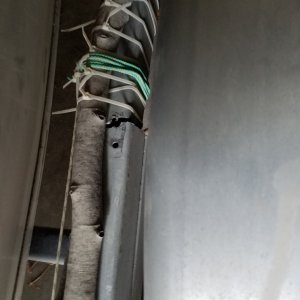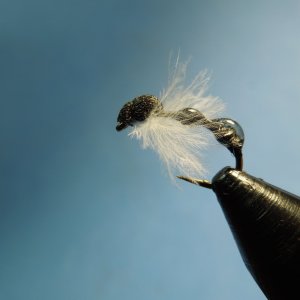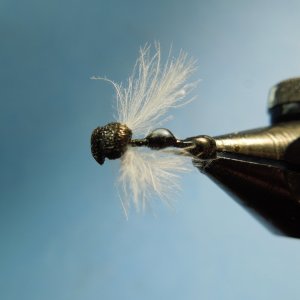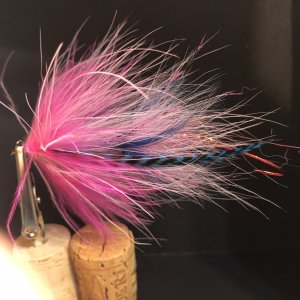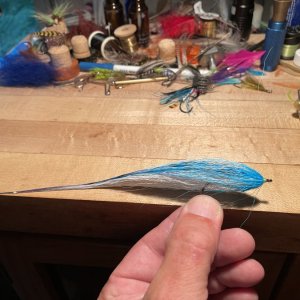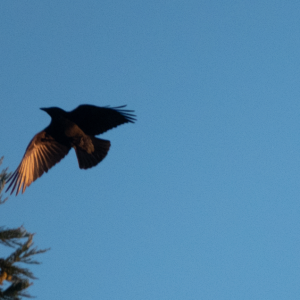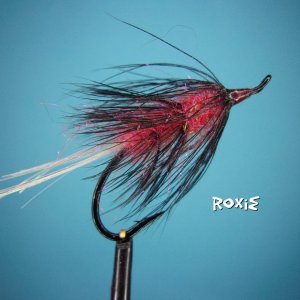![IMG_5202[1].JPG IMG_5202[1].JPG](https://pnwflyfishing.com/forum/data/attachments/25/25523-12c726fba85f1a2d94baf5941d6c8a39.jpg)
For a handful of reasons, this has been sitting unused next to my house for a lifetime. My plan in retirement was to either use it or sell it, so I spent the latter part of the summer going from the ground up to get this thing in the water. My plan is to use it along the coastline in the salt, maybe a lake or two, and the lower half of the Skagit....like no further upstream than Concrete.
I'm hoping to get a couple river outings yet this year and my Safety Sam/OCD side has me re-thinking anchoring. It's been forever since I took the Power Squadron boating course or gotten my boating license so I thought I'd ask the group a couple things.
It's powered by a 15 hp Yamaha (prop) and I have this set up for anchoring....the anchor is 18lbs.
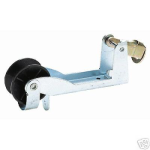
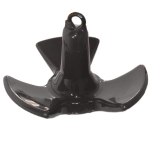
I think I last had this in the river was about 15 years ago....launching in the Sedro area....and even then, I think I only used it a half dozen or so times.
My questions are:
- What hazards are associated with anchoring in this portion of the river
- Is my set up bad, adequate, or flat out wrong and if so, what would be better
- Aside from what's required, what all do you carry in your boat for unexpected problems, etc...
This is all I can think of at the moment but I'm opening to suggestions cuz I don't know what I don't know.
Thanks in advance,
Mike d
Last edited:

